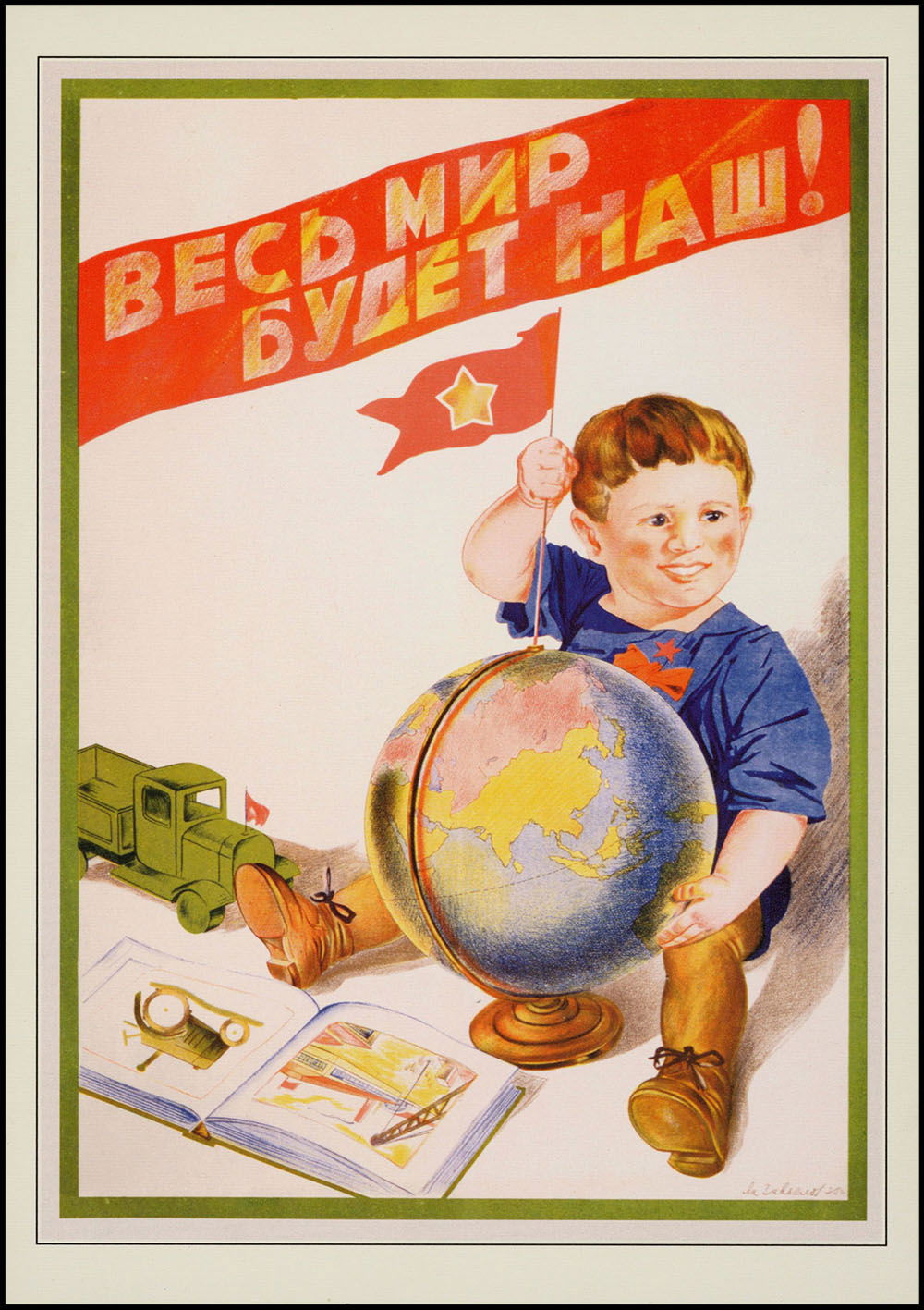Gone with the Wall | History Today - 4 minutes read

It isn’t easy to write about ‘Eastern Europe’. Many countries described as such now prefer the more civilised designation ‘Central European’. Others can more accurately be described as Balkan or Baltic. Some, such as Czechia and Slovakia, share common history and similar languages. Others, like Ukraine and Russia, or Serbia and Croatia share the same but want nothing to do with each other. Estonia and Macedonia, or Belarus and Hungary have as much in common with each other as they do with Belgium.
What exactly is Eastern Europe, then? The historian Larry Wolff argued in Inventing Eastern Europe that the concept emerged during the Enlightenment to give ‘the West’ its semi-barbaric eastern foil. It reached its apotheosis in Europe’s Cold War division, but since that division is long gone many now think Eastern Europe has outlived its purpose. Jacob Mikanowski’s Goodbye Eastern Europe is intended as its obituary. A light, panoramic portrait of a region that has left a lasting mark on the literary and cultural history of Europe, his book may well be the most readable overview of Eastern European history yet written, suffering as it does under the contradictions inherent to the idea itself.
Scholars of the region are unlikely to glean much new information from it beyond some amusing anecdotes, but this is not a book for scholars. It is a book aimed squarely at the average westerner who would find it hard to disagree with Neville Chamberlain’s assertion that Nazi Germany’s predatory behaviour towards Czechoslovakia was nothing but a ‘quarrel in a far away country between people of whom we know nothing’. Mikanowski covers everything from Eastern Europe’s Muslim communities to its golden age of alchemy; the experience of Stalinism and late-socialism to early 20th-century imperial collapse and late 20th-century utopian collapse. Borders, peoples and identities are, and always have been, perplexingly fluid in Eastern Europe.
Most of the region’s countries appeared as independent states only thanks to the fall of the Berlin Wall. Entities like Czechoslovakia, the USSR or Yugoslavia to which they once belonged are now relics of a bygone era. A century ago, those relics were neologisms that became states to replace large multinational empires under great royal houses like the Habsburgs, Romanovs or Hohenzollerns that had ruled the region for centuries.
In the 19th century, romantic nationalism swept the region as various intellectuals preached the gospel of nationhood with the zeal of religious converts, proclaiming the virtues of languages hitherto confined to the peasantry and producing, recording, or forging works of literature and song that evoked medieval and ancient glories. Nationalism shaped Eastern Europe, but so did Europe’s other great ‘isms’.
Fascism swept the region on the back of German panzers, finding ample local support in many countries. Stalinism followed and decided Eastern Europe’s postwar course. A dreary state socialism evolved, which collapsed with a whimper in 1989. But long before Eastern Europe was a land destroyed and remade by the ‘isms’ of the 19th and 20th centuries, it was a rich tapestry of peoples, languages, faiths and superstitions.
This is the strength of Mikanowski’s book. A complexity that usually appears impenetrable unravels seamlessly through unique threads of history. That they are disparate only illustrates why it may be time to say goodbye to Eastern Europe, a world remade so frequently by empires, migrations, war and political ideologies that it scarcely stays the same for two generations in a row. Now it has passed into history again, but maybe for the last time.
Goodbye Eastern Europe: An Intimate History of a Divided Land
Jacob Mikanowski
Oneworld, 512pp, £20
Buy from bookshop.org (affiliate link)
Luka Ivan Jukic writes on Central Europe.
Source: History Today Feed